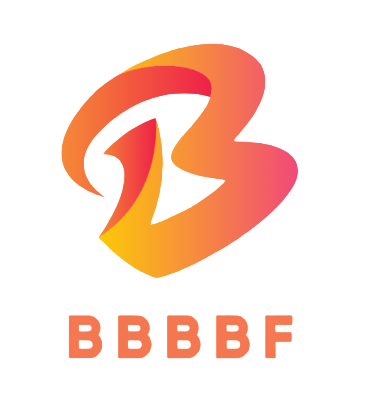The effect I want is to sticky articles in categories but not on the homepage. I found methods to pin articles in categories online, but none of them solved the problem of not sticky articles on the homepage. They all talked about changing the homepage to sticky. So I thought of a way. The first step is to pin the categories to the top, and the second step is to prevent the sticky articles from being displayed on the homepage. That’s how it’s solved. It’s just a temporary need at the moment, and I don’t need a very powerful function, so I’m just using it.
Step 1
Add the following code to the functions.php file of the theme:
add_filter(‘the_posts’, ‘putStickyOnTop’ );
function putStickyOnTop( $posts ) {
if(is_home() || !is_main_query() || !is_archive())
return $posts;
global $wp_query;
$sticky_posts = get_option(‘sticky_posts’);
if ( $wp_query->query_vars[‘paged’] <= 1 && is_array($sticky_posts) && !empty($sticky_posts) && !get_query_var(‘ignore_sticky_posts’) ) { $stickies1 = get_posts( array( ‘post__in’ => $sticky_posts ) );
foreach ( $stickies1 as $sticky_post1 ) {
if($wp_query->is_category == 1 && !has_category($wp_query->query_vars[‘cat’], $sticky_post1->ID)) {
$offset1 = array_search($sticky_post1->ID, $sticky_posts);
unset( $sticky_posts[$offset1] );
}
if($wp_query->is_tag == 1 && has_tag($wp_query->query_vars[‘tag’], $sticky_post1->ID)) {
$offset1 = array_search($sticky_post1->ID, $sticky_posts);
unset( $sticky_posts[$offset1] );
}
if($wp_query->is_year == 1 && date_i18n(‘Y’, strtotime($sticky_post1->post_date))!=$wp_query->query[‘m’]) {
$offset1 = array_search($sticky_post1->ID, $sticky_posts);
unset( $sticky_posts[$offset1] );
}
if($wp_query->is_month == 1 && date_i18n(‘Ym’, strtotime($sticky_post1->post_date))!=$wp_query->query[‘m’]) {
$offset1 = array_search($sticky_post1->ID, $sticky_posts);
unset( $sticky_posts[$offset1] );
}
if($wp_query->is_day == 1 && date_i18n(‘Ymd’, strtotime($sticky_post1->post_date))!=$wp_query->query[‘m’]) {
$offset1 = array_search($sticky_post1->ID, $sticky_posts);
unset( $sticky_posts[$offset1] );
}
if($wp_query->is_author == 1 && $sticky_post1->post_author != $wp_query->query_vars[‘author’]) {
$offset1 = array_search($sticky_post1->ID, $sticky_posts);
unset( $sticky_posts[$offset1] );
}
}
$num_posts = count($posts);
$sticky_offset = 0;
// Loop over posts and relocate stickies to the front.
for ( $i = 0; $i < $num_posts; $i++ ) {
if ( in_array($posts[$i]->ID, $sticky_posts) ) {
$sticky_post = $posts[$i];
// Remove sticky from current position
array_splice($posts, $i, 1);
// Move to front, after other stickies
array_splice($posts, $sticky_offset, 0, array($sticky_post));
// Increment the sticky offset. The next sticky will be placed at this offset.
$sticky_offset++;
// Remove post from sticky posts array
$offset = array_search($sticky_post->ID, $sticky_posts);
unset( $sticky_posts[$offset] );
}
}
// If any posts have been excluded specifically, Ignore those that are sticky.
if ( !empty($sticky_posts) && !empty($wp_query->query_vars[‘post__not_in’] ) )
$sticky_posts = array_diff($sticky_posts, $wp_query->query_vars[‘post__not_in’]);
// Fetch sticky posts that weren’t in the query results
if ( !empty($sticky_posts) ) {
$stickies = get_posts( array(
‘post__in’ => $sticky_posts,
‘post_type’ => $wp_query->query_vars[‘post_type’],
‘post_status’ => ‘publish’,
‘nopaging’ => true
) );
foreach ( $stickies as $sticky_post ) {
array_splice( $posts, $sticky_offset, 0, array( $sticky_post ) );
$sticky_offset++;
}
}
}
return $posts;
}
Step 2
Modify the homepage, theme template index.php
ignore_sticky_posts’ => 1
‘ignore_sticky_posts’ => 1 is the key parameter, cancel the article pinning (i.e. not displaying it at the top), and output the article in the normal way

Comments (0)